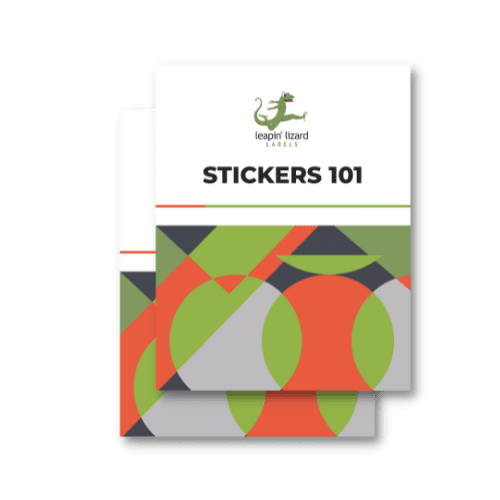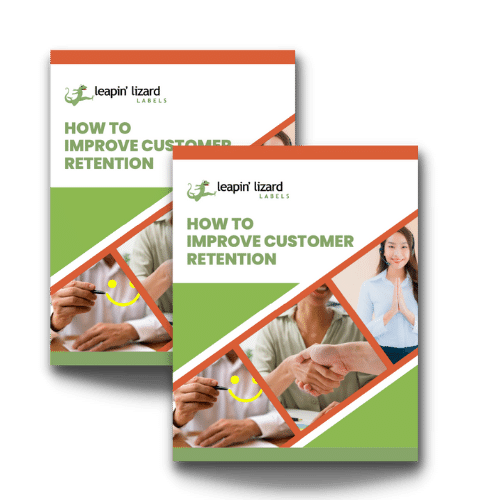When a consumer is browsing through a catalog of products, whether online or in-store, they make split-second decisions about every item. Packaging is one of the most important factors in these decisions, as a product has to stand out among its competitors before the consumer even picks it up to learn more. When they do pick it up, they’ll look to the label for the information they’re looking for. If your label fails to provide that information, then tough luck — you’ve just lost a customer.
Whether you’re a product developer, graphic designer, procurement officer, operations manager, or marketing professional, you want to be able to meet the current label standards that customers have come to expect. So, what are these standards? This blog will walk you through some of the most critical points.
What Do Consumers Want to See?
To create the best label design for your product, you need to know who exactly you’re making the product for, as well any rules and regulations for the industry you’re in. When you’re trying to design something that will appeal to your customers, put yourself in their shoes — what information will convince you to buy? What information will make you trust the brand? Here are some key points.
Ingredients
A list of all the ingredients that go into your products is especially critical for allergy-conscious consumers. Including a list of typical allergens (ex., peanuts, fish, wheat, soy, eggs, and milk) that share processing equipment with the product is vital, as some consumers may have severe allergies. For consumers without allergies, ingredient information is still helpful to the decision process as they can use it to determine whether a product is healthy or unhealthy.
Directions of Use
With how fast-paced the world has become, people are always looking to simplify their lives. Incorporating directions of use into your label design will cut down on the time they have to spend figuring out how to use your product. This also allows them to use it safely. You don’t want any complaints or controversies from customers that have misused your product.
Information on Manufacturing and Sourcing
As consumers grow more conscious about their health and the environment, they want manufacturers to be transparent about how the product was created. Being able to trace its origins and being assured of ethical manufacturing practices will help consumers build trust and increase their chances of returning in the future.
Certification Labels and Compliance Agency Requirements
If you are a health-conscious consumer shopping for food, labels like “fat-free,” “100% organic,” or “low-calorie” can make a product more appealing. However, these labels are strictly regulated by compliance agencies. In the United States, the main labeling regulatory bodies are the Food and Drug Administration (FDA) and the U.S. Department of Agriculture (USDA). For companies that manufacture food, beverage, cosmetic products, or products that contain CBD (cannabidiol) or hemp, you need to follow additional label standards that protect the health of your consumer.
Food products are required by the FDA to have a Nutrition Facts Label, including specific information about serving sizes, calories, daily values, and nutrients. The most recent update to these requirements was made in 2016, including larger font type, new footnotes, updated daily values, nutrients, and actual amounts being declared. The USDA regulates certain products, such as meat, poultry, or those containing meat. Before using certification labels such as the USDA organic seal, you must comply with their requirements. Various types of labels have their own set of requirements, so make sure to check the FDA and USDA websites for more information.
Proper labeling practices are important for avoiding legal issues and building consumer trust. This is especially true for CBD and hemp products. The FDA has begun building regulations for these products in response to companies violating the Federal Food, Drug, and Cosmetic Act (FD&C Act) by mislabeling their products. Information on these regulations is available on their website, and you should do your utmost to follow them. The FDA has previously sent out warning letters to CBD companies for illegal marketing.
Conclusion: Keep on Top of Label Standards
Trying to keep track of consumer and compliance agency label standards to design the perfect label for your brand can be challenging. However, when you work with us at Leapin’ Lizard Labels for custom stickers and custom label printing, getting the highest-quality labels, banners, or stickers will be a breeze. We pride ourselves on our communication — we want the process to be as transparent as possible. While we are not a compliance agency, we’re an excellent resource for finding those compliance agencies. Use your relationship with us to your advantage!
Sources:
https://www.leapinlizardlabels.com/
https://www.fda.gov/food/food-labeling-nutrition/changes-nutrition-facts-label
https://www.weber-marking.com/blog/food-labeling-consumers-expect-more-transparency/
https://www.avery.com/blog/cbd-label-requirements-what-you-need-on-your-cbd-labels/
https://co-nxt.com/blog/what-do-consumers-want-to-know-about-their-food/


